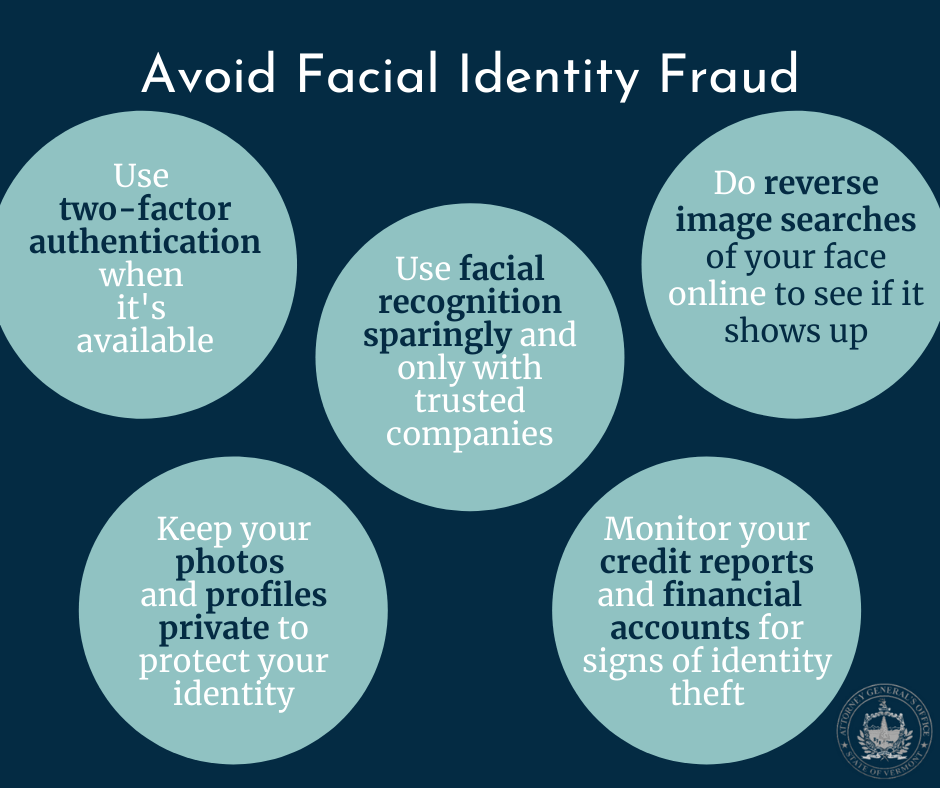By Cristina Leiva
How often do you use your face to unlock your phone? Gain access to your bank account? Turn on your car? With the evolution of technology, facial recognition software has become essential in our everyday activities. A simple scan of your facial features can provide access to so much. This realization came to me as a consumer reported an incident where a scammer asked her to download a facial recognition app and submit a scan of her face.
“Criminals who have collected enough personal information on you could commit identity fraud.”
Equifax
Your face can be used in crimes, either targeting you or as an accomplice to one. The Wall Street Journal recently reported on synthetic identity fraud: “a fast-growing type of financial crime where fraudsters use an amalgamation of real and fake information to create a new identity.” Thanks to your facial features, a scammer can bypass facial authentication systems, making the scammer’s face challenging to identify, because “attackers are typically unwilling to use their real face when committing a crime.” And who’s to say you didn’t commit a crime when your face is all over the issue?
There are numerous concerns about the fraudulent activity that can occur because of criminals gaining access to your face. Thankfully there are already a few companies working on this issue:
- Apple’s camera projects more than 30,000 invisible dots to create depth maps of a person’s face while also capturing an infrared image of the face making it the most difficult to fool, and it’s also good to note that a user’s Face ID never leaves the iPhone.
- Some banks and financial service companies use third-party facial identification services and request additional verification information; if it so happens that the facial ID is not recognized and gets flagged, a human reviewer will take a look and conclude the analysis.
Your face can be captured anywhere; all that is needed is a clear image. There’s a lack of privacy on how individuals can gain access to your face because your face can be captured just by walking past a camera outside—you likely aren’t aware of it.
What can you do?
Always be careful about who you allow access to your face.

Navigating the identity theft recovery process can be overwhelming. Vermonters with questions about the process can call the Consumer Assistance Program at 1-800-649-2424 or the Federal Trade Commission at 1-877-438-4338.
Content Editor: Crystal Baldwin
Resources: Equifax, The Wall Street Journal, WeLiveSecurely.com
